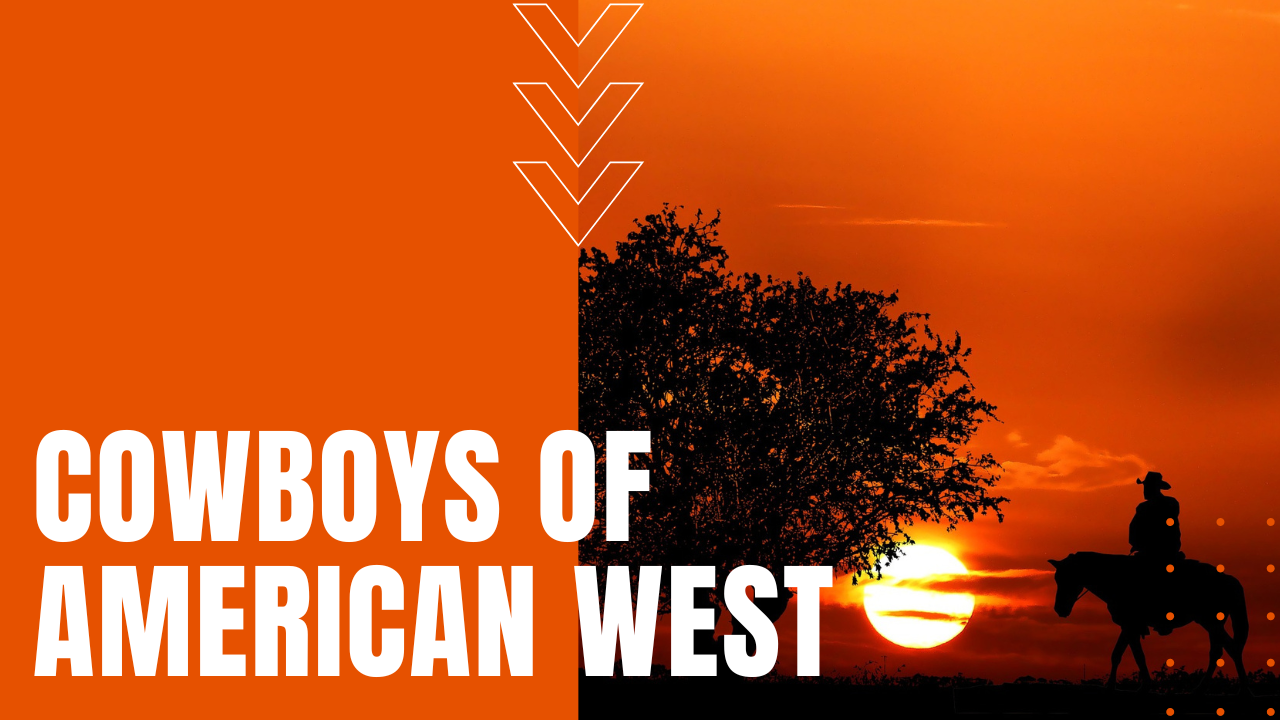Cowboys and the American West

After the Spanish arrived into the Americas in the early 1500s, they built ranches in Mexico to raise cattle and other livestock.
Spaniards soon imported horses from Spain to work the herds, giving birth to the first cowboys or Vaqueros, as they were known, who developed superior roping, riding and herding skills in the oftentimes lonely profession of free-range ranching, at the same time developing an attire unique to cowboys, including boots and spurs, chaps to protect them from cactus and sagebrush, bandanas to filter trail dust and wide-brimmed hats to protect them from the sun.
Spreads to the American South & West
By the early 1700s, ranching and cowboy culture had made its way into present-day Texas, New Mexico and Arizona, spreading into California after the establishment of the California missions beginning in 1769. During the years of Manifest Destiny and Westward expansion, cowboys of diverse ethnicities, including African Americans, Native Americans and transplants from the Eastern United States and Europe soon embraced the ways of the cowboy, branding cattle and herding them to rail heads after the establishment of the first transcontinental railroad.
Increased Demands on Beef
During the American Civil War, after the Union Army had consumed the supply of beef in the north, increased demand and the expansion of the meat-packing industry in northern markets drove cattle prices to as much as $40 a head. Many scholars believe that the devastating winter of 1886 and 1887 brought an end to the cowboy era, when thousands of cattle froze to death across the American west.
Known as cowpokes, buckaroos, cowhands and cowpunchers, the myth of the American cowboy remains firmly entrenched in the American West and South, where cowboys continue to work long days in the saddle for little pay, working cattle drives, tending to horses and living closely with the land.
A Staple of Novels and Movies
Over the years, western novels and wild west movies have deeply engrained the American cowboy into a romanticized view of both the cowboy and macho gun fighters, while the unique skills of cowboys have been kept alive in modern rodeos, where men and women alike test their skills at roping, barrel riding, steer wrestling, Tie-down roping and more, making the American cowboy an enduring symbol of freedom and independence in the American west.
